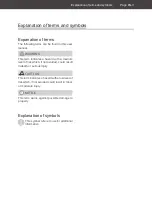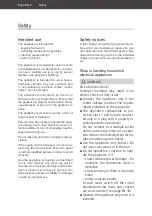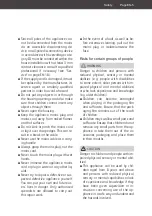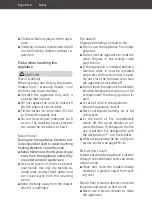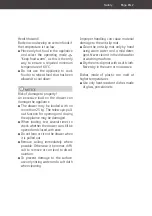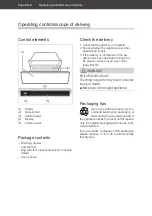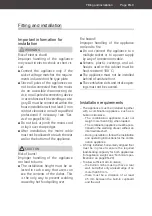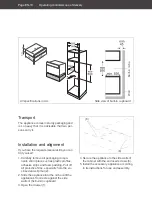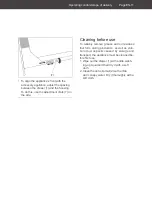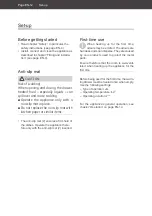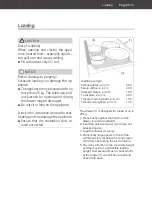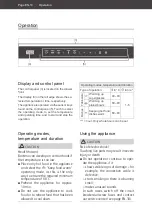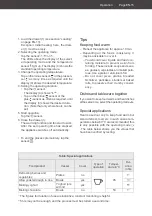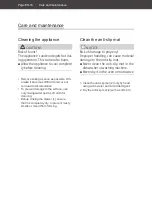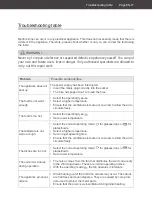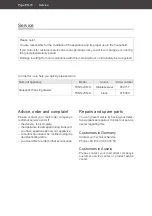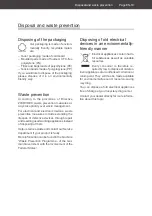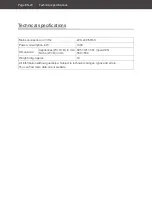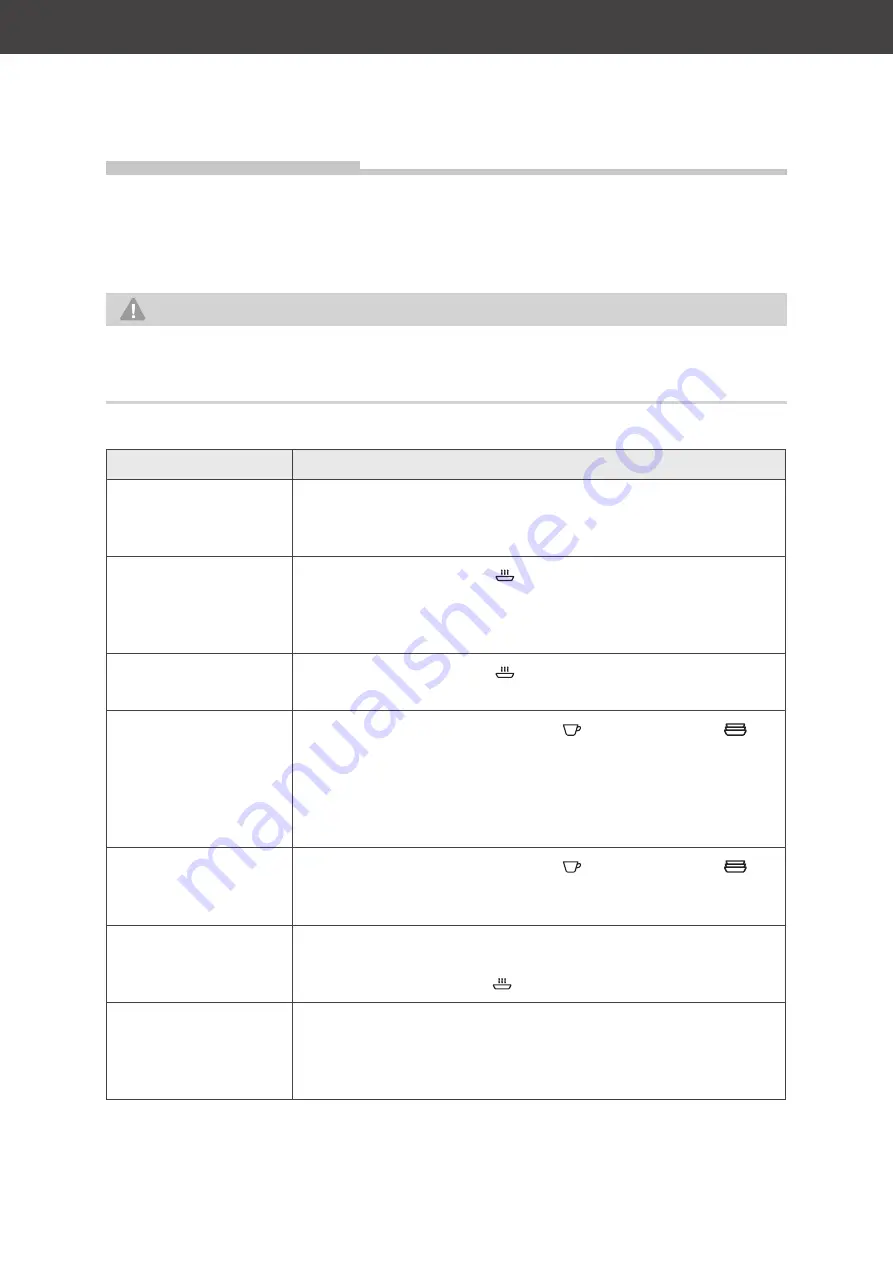
Troubleshooting table
Page EN-17
Problem
Possible solutions/tips
The appliance does not
heat up.
The power supply has been interrupted.
• Insert the mains plug correctly into the socket.
• The fuse has popped out; re-insert the fuse.
The food is not warm
enough.
• Select the operating type
.
• Select a higher temperature.
• Ensure that the ventilation slots are not covered, to allow the air to
circulate freely.
The food is too hot.
• Select the operating type
.
• Set a lower temperature.
The tableware is not
warm enough.
• Select the correct operating mode: for glasses/cups or
for
plates/bowls.
• Select a higher temperature.
• Set a longer operating time.
• Ensure that the ventilation slots are not covered, to allow the air to
circulate freely.
The dishes are too hot.
• Select the correct operating mode: for glasses/cups or
for
plates/bowls.
• Set a lower temperature.
The unit emits a noise
during operation.
• The noise comes from the fan that distributes the warm air evenly
in the Warming drawer. These are normal operating noises.
• With the operating mode
, the fan operates in intervals.
The appliance produces
odours.
• When heating up for the first time, odours may occur. The odours
are harmless and soon disperse. They are caused by care prod-
ucts used to protect the metal parts.
• Ensure that the room is well-ventilated during initial heating.
Malfunctions can occur in any electrical appliance. This does not necessarily mean that there is
a defect in the appliance. Therefore, please check whether or not you can correct the fault using
the table.
WARNING!
Never try to repair a defective or suspected defective appliance yourself. You can put
your own and future users’ lives in danger. Only authorised specialists are allowed to
carry out this repair work
.
Troubleshooting table

